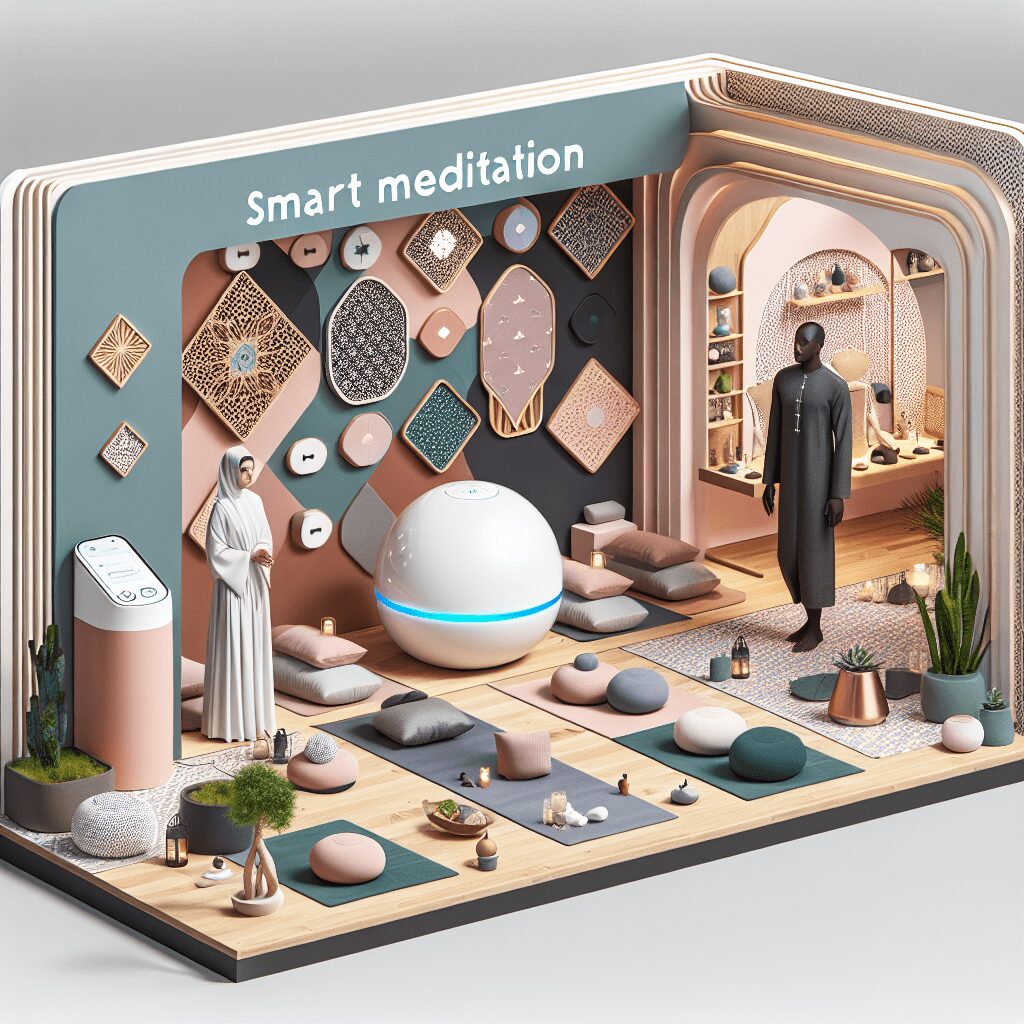
Prioritize your mental well-being daily. Enhance your life by nurturing your mental health with the Smart Meditation app. Break free from stress, alleviate anxiety, and enhance your sleep quality starting today.
Which Of The Following Are Types Of Anxiety Disorders?
Unraveling the Enigma of Anxiety Disorders
Anxiety disorders, the invisible chains that bind many, are far from being a monolith. They manifest in varied, intricate forms, each with its distinct silhouette yet casting shadows of doubt and fear. As we delve into the labyrinth of mental health, understanding these disorders isn’t just about naming them; it’s about recognizing their nuances, empathy for those they afflict, and the pursuit of tailored interventions.
The Many Faces of Anxiety Disorders
Let’s cast a spotlight on the primary antagonists in the realm of anxiety disorders. By breaking them down, we can begin to see not just the trees but the forest they form—a complex ecosystem of mental health challenges.
1. Generalized Anxiety Disorder (GAD)
Ever felt like you’re perpetually ‘sweating the small stuff’? For folks with GAD, it’s a relentless whirlwind of worry, often unprovoked by any specific threat. Imagine your brain perpetually on ‘red alert,’ turning mundane tasks into mountains of concern.
2. Panic Disorder
This one’s a real doozy, characterized by the sudden onset of panic attacks—intense bouts of fear that peak within minutes. It’s as if your body’s alarm system goes haywire, sounding off false alarms that manifest physically: palpitations, perspiration, and a sensation of losing control. For those caught in its grip, the world feels like a constant minefield.
3. Phobias, Specific and Social
Ah, phobias! They come in two flavors: specific and social. Specific phobias have you sweating bullets over particular objects or situations (think spiders, heights, or flying). Social Anxiety Disorder (social phobia), on the other hand, is all about the dread of social situations, where the fear of judgment leaves folks feeling like they’re always under a microscope.
4. Obsessive-Compulsive Disorder (OCD)
OCD is like a broken record that’s stuck on the “worry” track. It’s a tug-of-war between compulsions (repetitive behaviors triggered by anxiety) and obsessions (intrusive, distressing thoughts). Whether it’s incessant hand-washing or the need to check the stove repeatedly, OCD traps individuals in a vicious cycle of rituals and fear.
5. Post-Traumatic Stress Disorder (PTSD)
PTSD is the mind’s echo of traumatic events, replaying them in a loop that feels all too real. It doesn’t just live in the realm of soldiers returning from battle; it can stem from any life-altering trauma. Nightmares, flashbacks, and hyper-vigilance become unwelcome squatters in the psyche, making the world a minefield.
Navigating the Path to Healing
Understanding these varied forms of anxiety disorders is just the tip of the iceberg. Beneath the surface lies a complex interplay of genetics, brain chemistry, life events, and personality that shapes each individual’s experience. It’s a journey of navigating treatment options, from therapy and medication to holistic approaches, all tailored to fit the unique needs of each person.
For those grappling with these invisible battles, knowledge is power. It’s a beacon of hope in the darkness, a reminder that they’re not alone, and a first step on the path to reclaiming their peace of mind. As we continue to pull back the veil on mental health, let’s champion empathy, support, and the relentless pursuit of wellness. After all, in the tapestry of human experience, everyone deserves their place in the sun.





